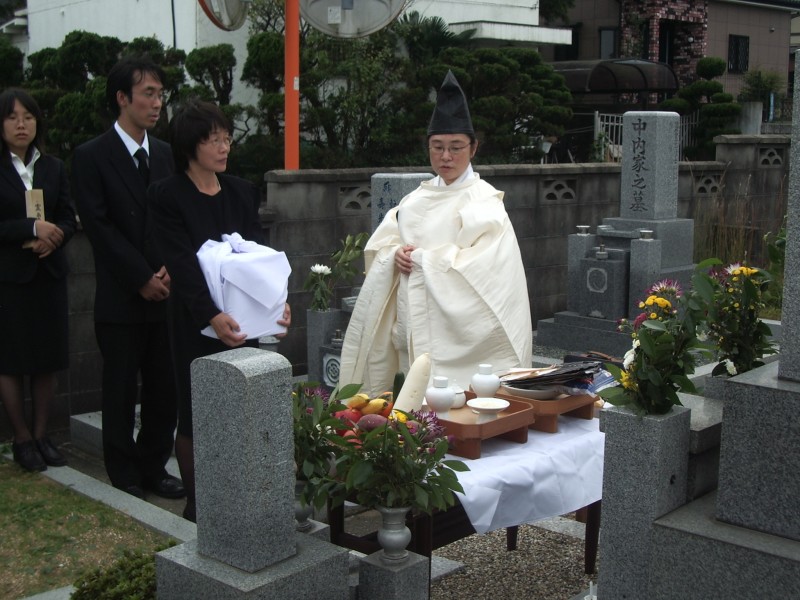The following is extracted and adapted from an academic paper brought to our attention by Green Shinto supporter, Paul Carty. The paper is a Masters Thesis from the University of Massachusetts Amherst and is entitled, ‘Poems of the Gods of the Heaven and the Earth’ (2010) by Christina E. Olinyk. All the poems are translated by her too.
**********
Introduction
Jingika are Japanese poems written on the gods of heaven and earth. They have characteristics in common with Shinto, however, they are more accurately a product of the amalgamation of native kami cults and foreign Buddhist doctrine (shinbutsu shugyo).
Although the first independent Jingika book emerged in the seventh anthology Senzaishū (1187), poems which can be termed predecessors exist as early as the first, Kokinshū (905).
The shrines that are mentioned in the poems correspond to the development of a state religion centered on a small number of shrines, which were designated as protectors of the state. In light of this, the arrangement of the poems in the Jingika book creates a metaphysical pilgrimage to the most important shrines at the dawn of the medieval period, thereby asserting the emperor’s position as cultural center during a time of political turmoil.
Many of the poems were written or collected by a leading poetical figure called Fujiwara Shunzei (1114-1204), who had a deep conviction of the sacred nature of poetry. Of particular interest to the development of his religious poetry are the many competitions that he participated in that took place at temple-shrines. Two of the sequences in the Jingika book (Sumiyoshi and Kamo) came through competitions at which he served as judge.
Shunzei’s religious poetry can be broken down into three types. First are glorification poems, praising shrines or majestic natural phenomena as the abode of kami. He also wrote poem-prayers, which utilise the mythical power of words (kotodana) to address the kami or receive their communication. In addition, he used syncretic ideas to put across esoteric doctrine or explain the implications of honji suijaku (trace and substance, in other words kami were mere localised shadows or avatars of Buddhist deities, which represent ultimate reality).
*******
Author Unknown
Hoarfrost could rime them
Eight times, yet they would not wither,
The sakaki leaves:
Standing in the prime of life,
See, the priestess of the god!
*******
Ōtomo no Kuronushi
Mountains of Ōmi—
Ah,
how it rises full upright,
The Mirror Mountain,
Where we see the years foretold:
The thousand years of our lord!
*******
Fujiwara no Tadafusa (?-928) In the year 920, composed for a twenty-poem sequence on the imperial visit of Retired Emperor Uda to Kasuga Shrine
Even the gods
Cannot conceal their delight
For the eight
Kasuga Maiden dancers
On this joyous occasion
*******
The Consecrated Princess Senshi
When (Ōnakatomi no Sukechika) went to pay his respects at the Inner Shrine of Ise in 1031, it suddenly began to rain, the wind began to blow. The Consecrated (Princess) summoned Sukechika, the Master of the Rites, and pronounced on matters official. She also ordered several rounds of sacred sake and composed the following as she presented the earthenware cup (to Sukechika)
In the sake cup
Can be seen a light serene,
So have no fear:
I would have you know no dust
Can ever cloud this shining
*******
Fujiwara no Tokifusa
Written and affixed to the sacred palings on a pilgrimage to Kibune
Wishes are fulfilled
In these rushing waters of the god
Whose divine descent
Provides mankind with a Lordly Boat
To cross to a Further Shore.
*******
Minamoto no Morotoki73 (1077-1136)
Composed on the topic of kagura
Because the frost has settled
Within the shrine grounds
On Mimuro mountain,
There are no evergreen branches
Unadorned with white festoons
*******
Fujiwara no Tametada (?-1136)
Composed on the topic of felicitation for a poetry meeting at the home of Fujiwara no Saneyuki
I wonder,
Is the kami
Who illuminates the sky
Aware of my lord’s
Long and prosperous reign?
*******
Fujiwara no Sanemitsu (1069-1147)
Composed from a conversation about the legend of the Kasuga Shrine deer with a relative who had traveled there
Oh the joy upon hearing
The miraculous deer
Are still there on the mountain,
A clear vestige of
The Mikasa gods
(Kasuga Shrine lies at the foot of Mt. Mikasa in Nara. Legend says that long ago, Takenomikazuchi-no-mikoto appeared on the mountain, riding on the back of a deer. The god then set the animal free which made the mountain its home. Therefore, the deer on Mikasa Mountain, as offspring of that original deer, represent traces of the mythical past left behind as proof of the god’s existence.)
*******
Priest Nōin (988-?)
Having accompanied Taira no Norikuni to the Iyo Region, Nōin learned that the people there could not plant rice paddies since there had been no substantial rainfall from the New Year to the third or fourth month. Their prayers for rain had not been answered until Nōin appealed to the kami of the leading shrine.
If there is a god
Who waters rice beds
With the Milky Way
Please – stop it up and let it rain
Down upon the earth
This poem is “one of the most frequently cited rainmaking poem-stories in Heian and medieval literature.”
*******
For other pieces on the origins of Shinto poetry, please see here for an article on Nature poetry and worship, or here for Poetry’s divine origins, or here for Proto-Shinto in Manyoshu poems.

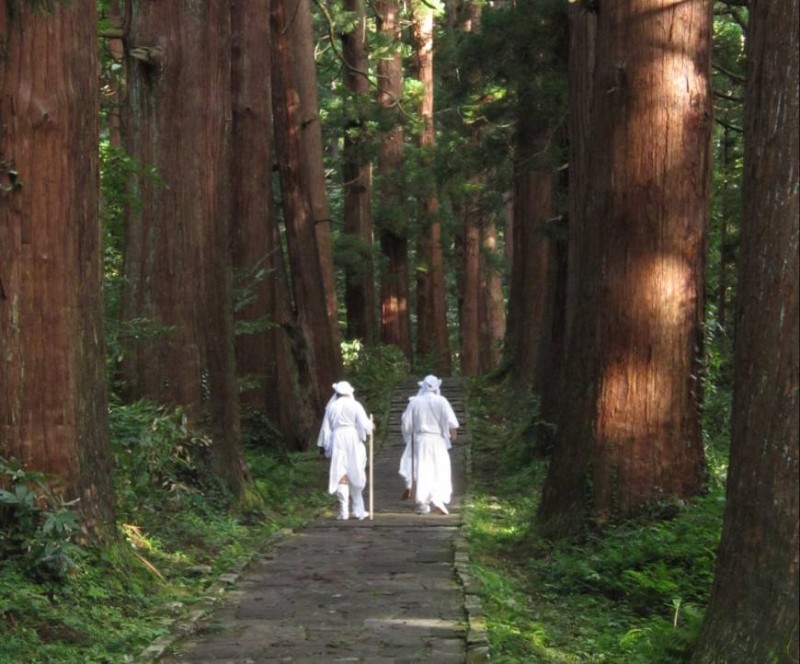
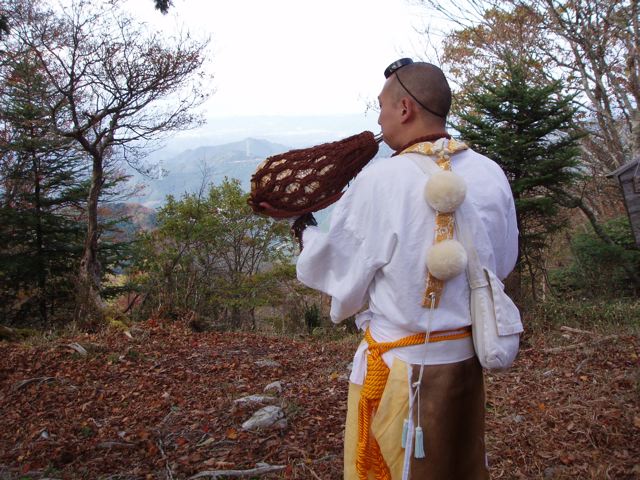
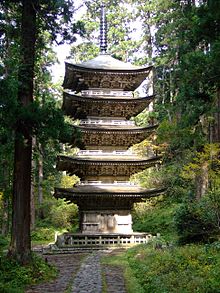
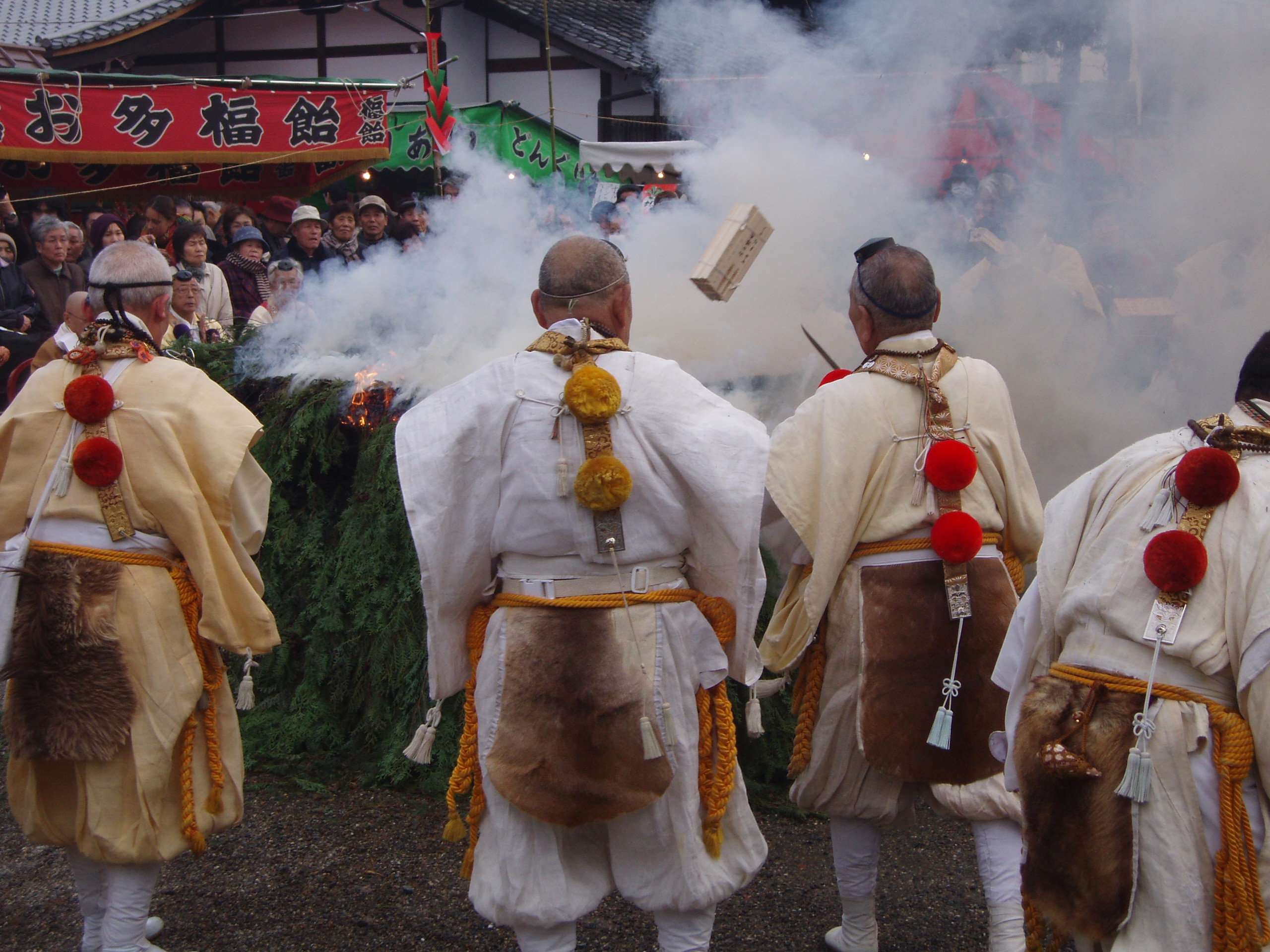
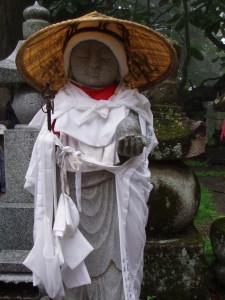
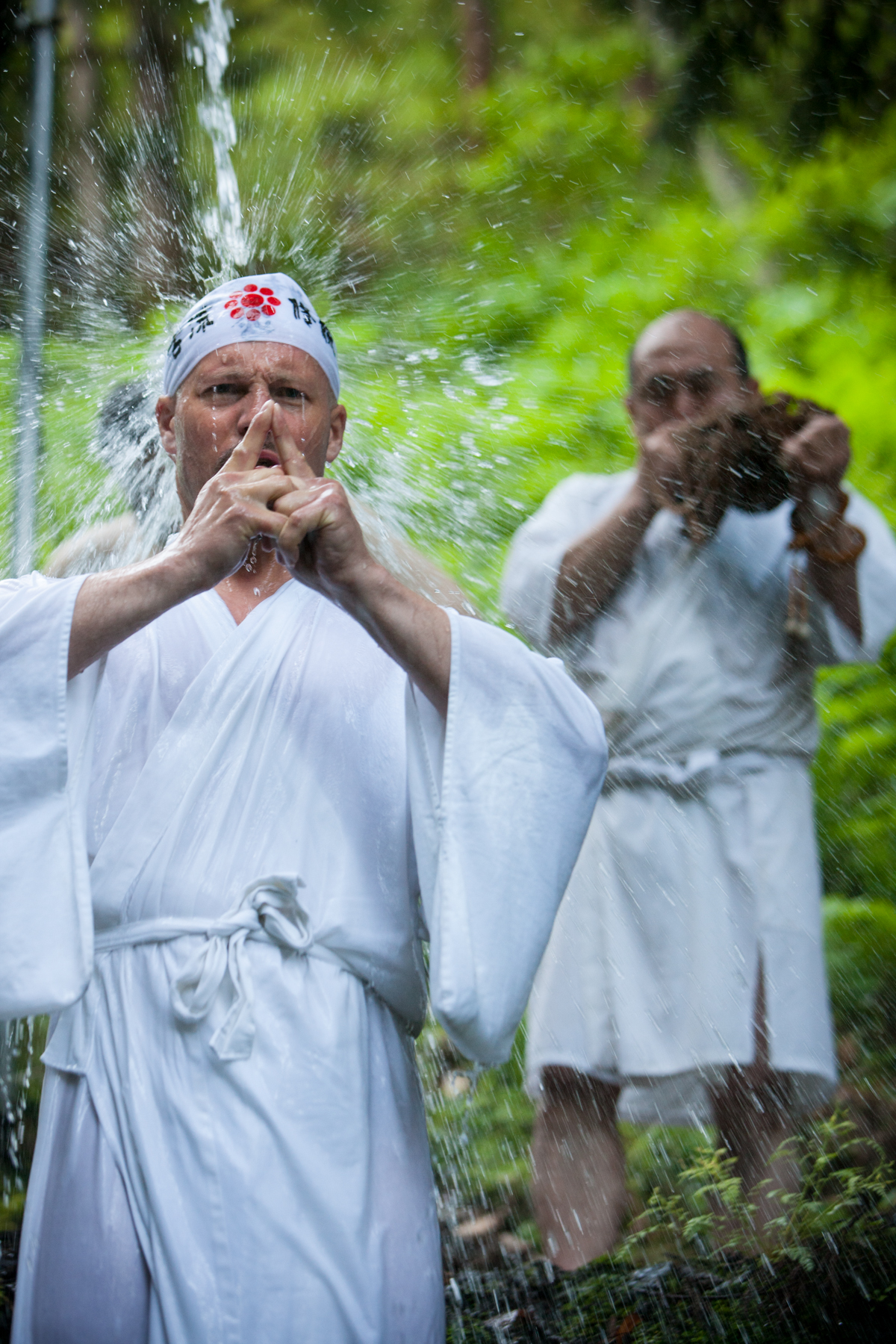
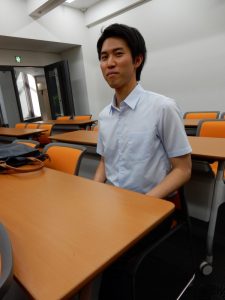
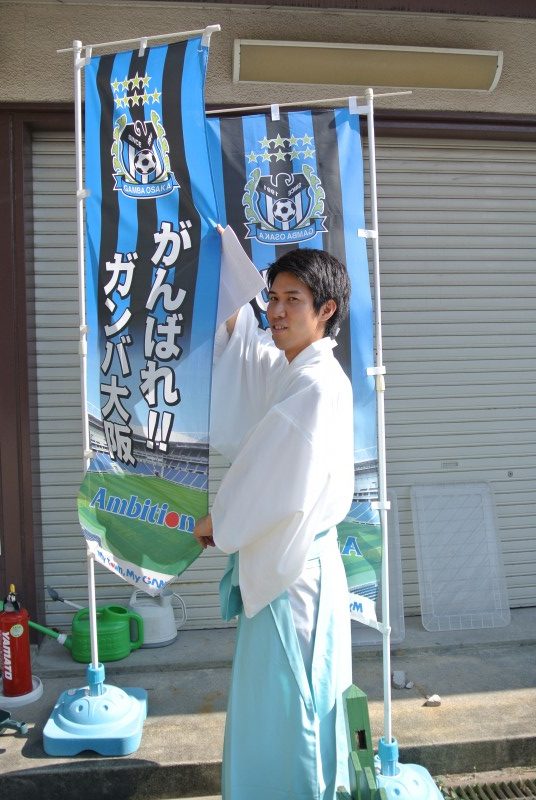
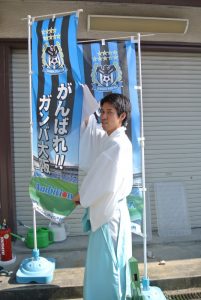 Green Shinto is glad to report that Taishi Kato, the young Shinto priest we interviewed last year (see
Green Shinto is glad to report that Taishi Kato, the young Shinto priest we interviewed last year (see 








